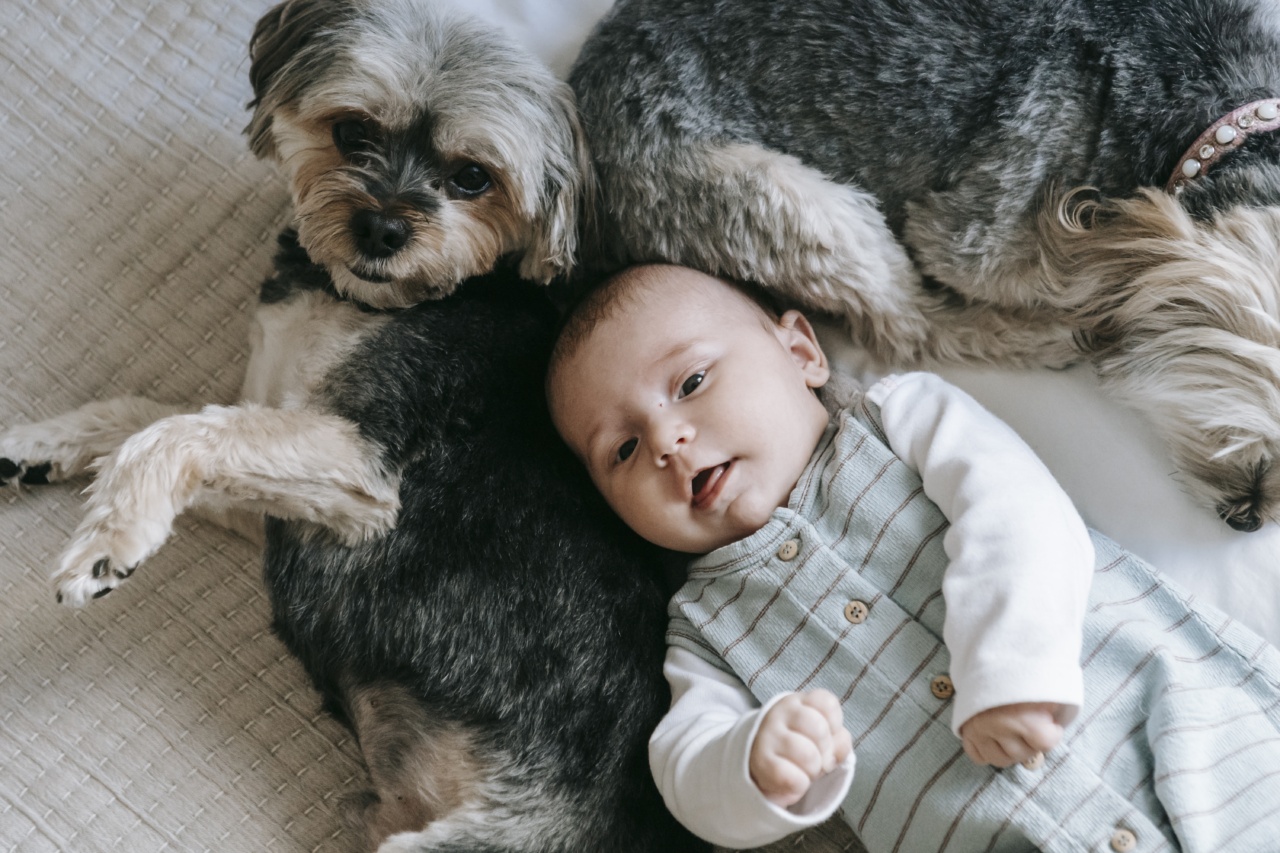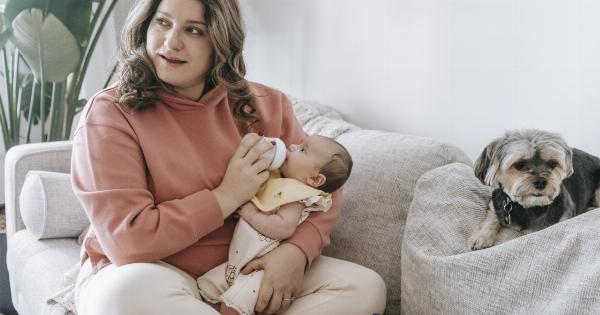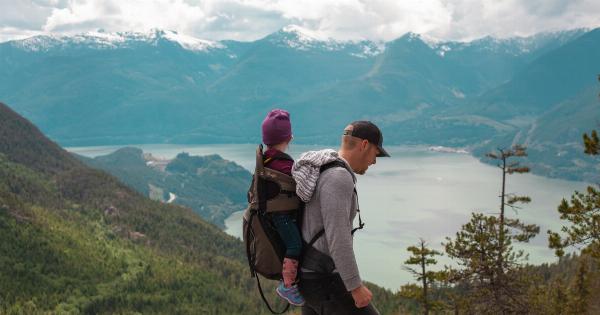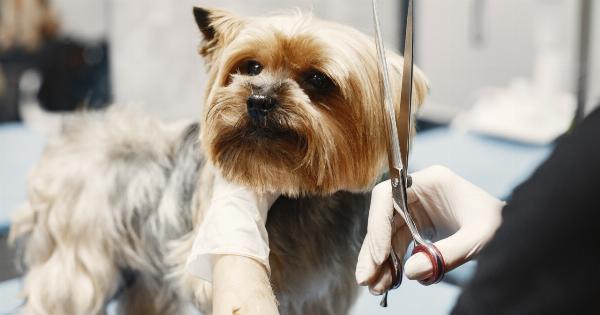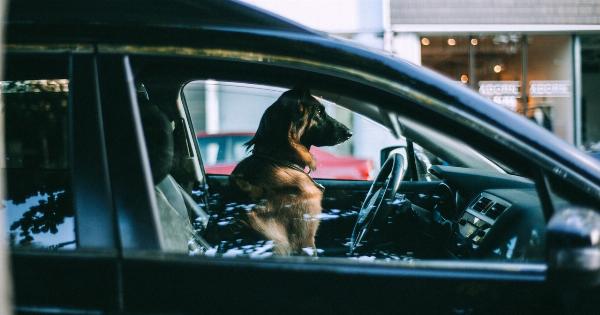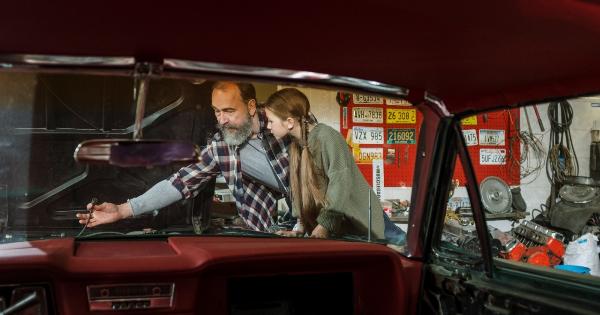Bringing a newborn baby into your home is an exciting and joyous occasion.
However, if you already have a dog as a beloved pet, it’s important to understand how to manage the introduction and ongoing relationship between your furry friend and your baby. With some preparation and training, you can create a harmonious environment for both your dog and your newborn.
Preparing your dog for the arrival of a newborn
Before your baby arrives, it’s crucial to make sure your dog is properly prepared for the new addition to the family. Here are some steps to take:.
1. Gradual exposure to baby-related sounds and scents
Start by exposing your dog to baby-related sounds, such as cries or coos, in a controlled and positive manner. You can play recorded baby noises at a low volume and gradually increase the volume over time.
It’s also helpful to introduce your dog to the scent of baby products, such as baby lotion or powder.
2. Teach basic obedience commands
Ensure your dog is well-trained in basic obedience commands, such as “sit,” “stay,” and “leave it.” These commands will come in handy when managing your dog’s behavior around your newborn.
3. Set boundaries and create a baby-free zone
Establish certain areas or rooms in your home where your dog is not allowed to enter. This creates a safe space for your baby and prevents your dog from getting too close or potentially overwhelming your newborn.
Introducing your dog to your newborn
The first interaction between your dog and your newborn is crucial. Follow these steps for a successful introduction:.
1. Gradual introductions
Start by allowing your dog to sniff and investigate the items associated with your baby, such as blankets or clothing. Once your dog is calm and relaxed, you can slowly introduce them to your newborn in a controlled environment.
2. Supervise all interactions
Whenever your dog and baby are in the same space, make sure there is always a responsible adult present. This allows you to observe your dog’s behavior and intervene if necessary to ensure the safety of both your dog and your baby.
3. Encourage positive associations
During interactions, encourage your dog with praise, treats, and gentle petting. This helps to create positive associations between your dog and your newborn.
Managing your dog’s behavior around your newborn
It’s essential to manage your dog’s behavior around your newborn to promote a safe and harmonious environment. Consider the following tips:.
1. Supervised separation periods
Set aside specific times each day when your dog is separated from your baby in a safe and comfortable space. This gives your dog a break and helps prevent any potential conflicts or accidents.
2. Maintaining a regular routine
Stick to your dog’s regular exercise, feeding, and playtime routine as much as possible. This helps maintain stability for your dog despite the changes brought by the newborn.
3. Recognizing signs of stress
Learn to recognize signs of stress or discomfort in your dog, such as excessive panting, pacing, or growling. If you notice any concerning behaviors, consult a professional dog trainer or behaviorist for guidance.
Gradual adjustments for your dog
As your baby grows, it’s important to make gradual adjustments to accommodate both your dog and your child’s changing needs:.
1. Gradual exposure to baby’s movements
As your baby becomes more active and mobile, gradually expose your dog to their movements. This can include supervised playtime or walks alongside the stroller.
2. Teach boundaries and gentle play
Continue reinforcing boundaries and teach your dog appropriate ways to interact with your child. Teach them gentle play behaviors, such as licking or gentle pawing, to avoid any accidental harm.
3. Creating positive associations between your dog and child
Encourage positive interactions between your dog and child by involving your dog in activities such as feeding time or gentle petting sessions. This strengthens the bond between them and fosters a positive relationship.
Conclusion
Managing your dog with a newborn requires patience, preparation, and ongoing training.
By following these guidelines and gradually introducing your dog to your baby, you can create a safe and harmonious environment for both your furry friend and your little one.
